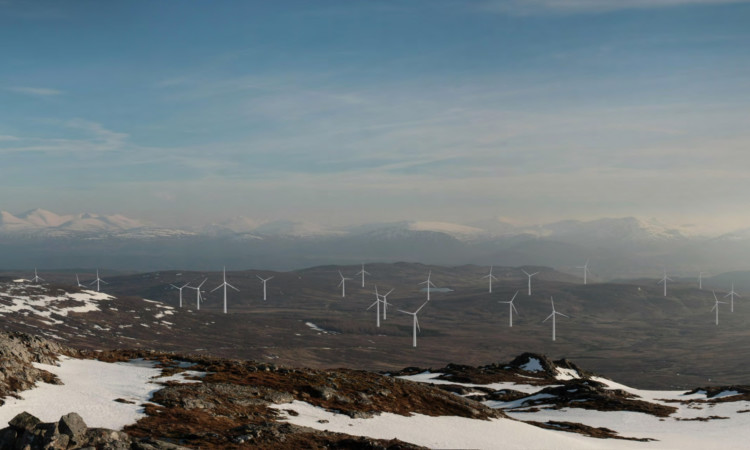Scotland’s mountaineers are fighting a windfarm proposal which they claim would blight some of Perthshire’s most unspoiled landscapes.
The Mountaineering Council of Scotland (MCofS) is urging the Scottish Government to reject a plan which they say threatens the iconic wild landscape of Rannoch, spoiling views from many popular mountains including Schiehallion.
The Talladh-a-Bheithe windfarm, which would lie on the estate of the same name just to the north-east of Rannoch Moor, would consist of 24 turbines, each 125 metres tall.
If given the go-ahead, it would affect views from Schiehallion, the Ben Alder massif, the mountains above Glen Lyon and Loch Tay and some above the Drumochter Pass.
David Gibson, chief officer of the Perth-based MCofS said the proposal presented ministers with the “opportunity to prove they are serious about protecting our most precious wild landscapes”.
“Schiehallion, Rannoch Moor and the route to Glencoe all have a very special place in people’s hearts and in Scottish culture,” he said.
“It is a stunning landscape vista which is very sensitive to any form of intrusive human activity and an increasingly rare and valuable experience in Scotland.”
As well as the turbines the proposal would involve bulldozed access tracks, buildings and infrastructure on an area of raised moorland between Loch Rannoch and Loch Ericht.
The MCofS say the development would sit within an area identified as being of “nationally important environmental interest” under Scottish Planning Policy, which calls for “significant protection” from development for such areas.
Grounds for refusal could include the major visual impact of the development and because it is not necessary in order to meet Scottish Government objectives for renewable energy generation.
“We support the Scottish Government’s drive to develop renewable energy in all its forms and have welcomed the new planning policy which aims to balance the need for renewable energy with significant protection for wild land,” said Mr Gibson.
“There might be a reason for the approval of this proposal if there was a dearth of onshore windfarm developments coming forward to achieve the Scottish Government’s energy goals, but this is not the case, so Talladh-a-Bheithe cannot be considered a necessary development, far less an essential one, and it’s certainly not in the national interest.”
The MCofS objection to the plan notes that there are 54 mountains designated as Munros and Corbetts within 35 kilometres of the site, from which the development would be visible.
